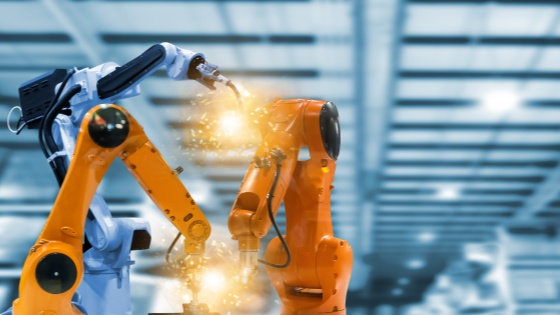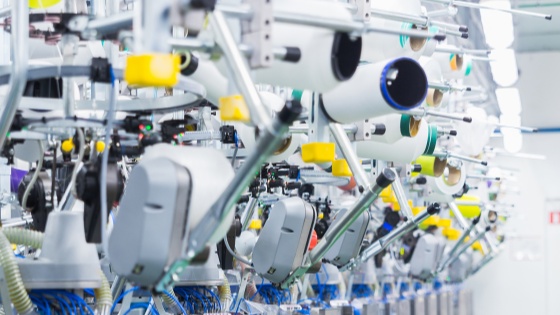The world of automation is constantly evolving, and at the heart of this transformation are pressure sensors. These devices, which have come a long way since their inception in the era of Galileo Galilei, are now integral in various industrial applications.

Historical Development of Pressure Sensors:
Early Stages: Originally, pressure sensors were rudimentary, employing large displacement mechanisms, resulting in low precision, such as mercury float differential pressure gauges and diaphragm differential pressure sensors.
Mid-20th Century: The introduction of force-balance differential pressure sensors improved precision somewhat, but they were still limited in terms of reliability, stability, and resistance to shocks.
1970s: The advent of electronic technology led to more compact and simpler displacement-type pressure sensors.
1990s Onwards: Rapid advancements in science and technology brought about sensors with digital signal transmission, enhancing measurement accuracy and paving the way for intelligent development. This period saw the emergence of various types of sensors like capacitive, diffused silicon piezoresistive, differential inductive, and ceramic capacitive sensors.
Applications in Industry 4.0:
1.Automated Control Systems: Pressure sensors are crucial for precise monitoring and control in industrial production, impacting the stability, safety, and efficiency of production processes.
2.Fault Diagnosis and Predictive Maintenance: Installed in industrial equipment, these sensors help detect abnormal pressure changes and contribute to equipment diagnosis, predictive maintenance, and downtime prevention, enhancing reliability and production efficiency.
3.Fluid Handling and Pipeline Systems: In industries like chemical, petroleum, and food processing, pressure sensors ensure stable fluid supply and prevent hazards due to overpressure or low pressure, thus improving process controllability and safety.
4.Environmental Monitoring and Safety Protection: These sensors are used for environmental monitoring in industrial settings, such as detecting gas leaks to ensure workplace safety, and monitoring pressure changes in tanks, pipelines, or vessels to prevent accidents.

Future Trends in Pressure Sensor Technology:
Miniaturization: Increasing demand for small-sized sensors that can operate in harsh environments with minimal maintenance and environmental impact. For instance, some pressure sensors are so small (1.27mm in diameter) they can be placed inside human blood vessels without significantly affecting blood circulation.
Integration: More integrated pressure sensors are being developed, combining with other measurement devices to form comprehensive measurement and control systems, improving the speed and efficiency of process control and factory automation.
Smart Features: The integration of microprocessors in circuitry allows for features like automatic compensation, communication, self-diagnosis, and logical decision-making.
Diversification: Expansion from mechanical industries to others such as automotive components, medical instruments, and energy and environmental control systems.
Standardization: The establishment of industrial standards for sensor design and manufacturing, such as ISO, ANSI, ASTM, OCT (Russia), and JIS (Japan), and advancements in silicon micromachining and ultra-large-scale integrated circuit technologies have enabled mass production of fiber-optic and high-temperature silicon piezoresistive and piezoelectric sensors.
As the landscape of automation evolves, pressure sensors continue to play a crucial role in enhancing industrial efficiency and precision. XIDIBEI, with its focus on sustainable innovation and partnership, remains committed to contributing to this field through the development of high-quality sensors. Our efforts are squarely focused on optimizing product performance and reliability, directly aimed at meeting the dynamic needs of the industry.
Post time: Nov-29-2023

